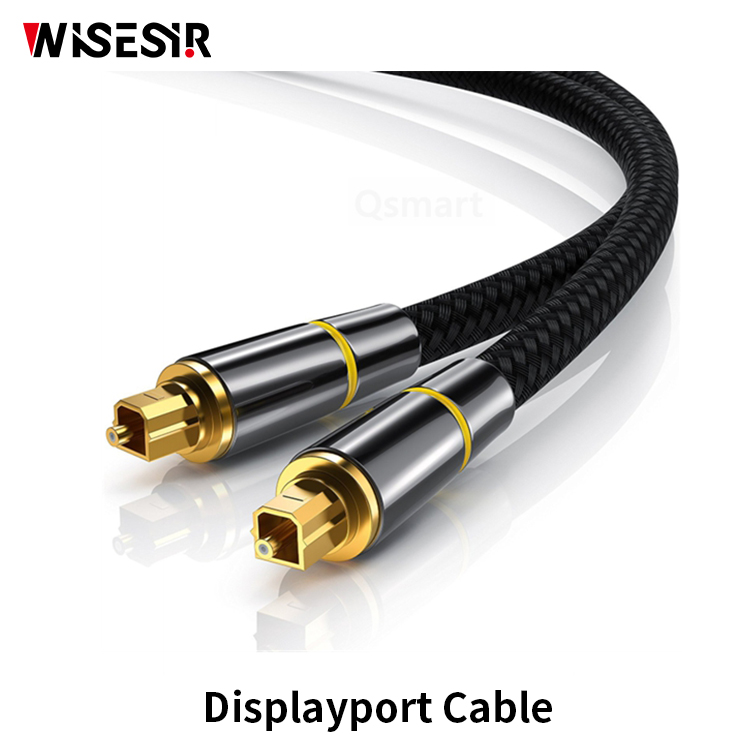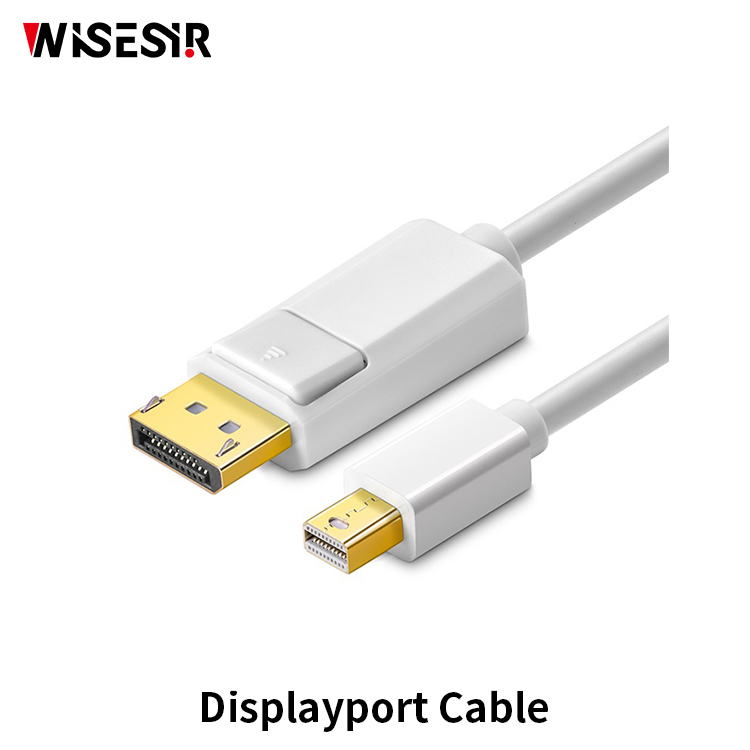On December 19th, the most important Copenhagen conference on global warming against the climate crisis finally closed. Although it did not achieve the expected results, the global long-term energy conservation and emission reduction targets, funding and technical support, transparency and other issues have been formed. Broad consensus. China has become the country with the largest reduction in emissions: by 2020, China’s GDP per unit of GDP will fall by 40%-45% compared with 2005, which is also the most effective emission reduction commitment issued by the Copenhagen government from the government level. one. Energy conservation and emission reduction have also formed a closer relationship with China's future economic restructuring and economic restructuring.
Lighting is not only closely related to life from the night, but the office, workshop, and living room illuminate people's overall life. Simply changing from incandescent to energy-saving lamps completes the process of lighting energy savings. Zhou Shi, general manager of NVC Lighting Shanghai R&D Center, said that compared with high-input green energy technologies (such as solar energy) and high-tech energy-saving technologies (such as smart cities), in the current China's national conditions, the use of green lighting products to replace Traditional energy-consuming lighting products are more practical and fast, and green lighting has become an integral part of the overall energy-saving and emission reduction program. Therefore, the road to fulfilling the promise of fulfilling lighting energy conservation is undoubtedly one of the shortcuts that can produce four or two effects. It also illuminates China's hope of energy saving and emission reduction, and also lights up the Copenhagen conjecture of NVC energy-saving lamps.
Energy-efficient lighting: ushered in explosive growth opportunities
According to statistics, 19% of global power generation is used for lighting, and lighting consumes 13% of China's total power generation. The Chinese government has been adopting energy conservation and emission reduction in recent years, and green lighting is the focus of energy conservation and emission reduction. Energy-saving lamps can save 80% energy than ordinary incandescent lamps, and their service life is 1/6 of that of incandescent lamps, which can save more energy and purchase cost from the perspective of long-term use.
The schedule of phasing out incandescent lamps is also reflected in the work plans of governments on energy conservation and emission reduction. Developed countries such as Australia, Canada, Japan, the European Union, and the United States have proposed to ban the manufacture, sale, and use of incandescent lamps within a few years. Because of the differences in regional economic development levels, the Chinese government has promised to ban (banned) incandescent lamps within 10 years. The National Development and Reform Commission also cooperated with the United Nations Development Program (UNDP) and the Global Environment Facility (GEF) to study and prepare the "China's Action Plan for Phase-out of Incandescent Lamps and Accelerate the Promotion of Energy-Saving Lamps." From 2008, the National Development and Reform Commission took the lead, and the Ministry of Finance and other institutions jointly carried out the promotion project of large-scale financial subsidies for efficient lighting products. In 2009, the central government further increased its promotion efforts, not only expanding the scale of energy-saving lamps, but also expanding the product range. In addition to the self-ballasted fluorescent lamps for ordinary lighting and the three-color double-ended fluorescent lamps, high-pressure sodium lamps were also added (mainly High-power outdoor lighting products such as roads and engineering lighting.
From a global perspective, the energy-saving lighting market is in a period of great development, and the opportunity comes along. The primary task of lighting companies is to seize the opportunity of rapid growth of energy-saving lighting at home and abroad, occupying the largest market share. In the next three years, global demand for energy-efficient lighting will explode. At the same time, new lighting products such as LEDs will also usher in larger applications.
NVC energy-saving lamp NVC lighting: the energy-saving dance in the spring breeze
As a leader in the lighting industry, as early as a few years ago, NVC learned that energy-saving lamps will replace traditional light source products on a large scale and vigorously develop energy-saving lamps. In recent years, NVC has been active in the energy-saving industry: in July 2008, a light source electrical R&D center was established in Shanghai; in early 2009, it invested 1 billion yuan in Zhejiang to build a large-scale energy-saving industrial base with a designed production capacity of 250 million, which is the largest energy-saving in Asia. One of the lamp production bases.
It is worth mentioning that after the financial crisis, the state allocated 4 trillion yuan for infrastructure construction such as high-speed rail and machine-taste tunnels. The demand for engineering lighting equipment in various places has soared. Based on the long-term continuous investment in research and development, NVC has developed in time. A series of innovative energy-saving products for the 4 trillion infrastructure, such as LED energy-saving products, high-speed railway lights, tunnel lights, and other architectural lighting products that achieve energy-saving green lighting effects. In the list of successful bids for various large-scale engineering projects in China, we have found that NVC lighting has appeared many times. From the 2008 Beijing Olympic Games, the 2010 Shanghai World Expo, and the 2010 Guangzhou Asian Games, NVC is the mainstream supplier of project lighting products. While overseas, despite the continued impact of the financial crisis in 2009, the global economy is still in a downturn, NVC is more prominent in the energy-saving lamp export business, only in the North American market increased by more than 50% compared with the same period last year, the average monthly export to North America exceeded 6 million energy-saving lamps.
Shi Yongjun, spokesperson of NVC Lighting, believes that from the perspective of strength, NVC is currently the most robust in the energy-saving lamp industry chain, and there are only a handful in the world, from capillary to full-lamp production, from channel to brand. With superior resources and strong competitiveness, the next step is to fully integrate the superior resources and show the competitive advantages through strong channels.
Relevant experts said that the Chinese government's energy conservation and emission reduction road will deepen, and energy-saving lighting will undoubtedly usher in unlimited release, which provides a broad market for energy-efficient lighting enterprises with technology and capacity, which also constitutes the end of the Copenhagen conference. After the beautiful speculation about the road to energy conservation and emission reduction in China.

Displayport Cable
In the simplest terms, DisplayPort cables are designed to provide both audio and video signals via a single cable. They are used to connect displays or monitors to a source device such as a PC or laptop and transmit the outputted audio and video data to the display.


displayport to hdmi cable,Mini Displayport to Displayport,Patch Core Cable,Hdmi to Displayport Cable
Pogo Technology International Ltd , https://www.wisesir.net